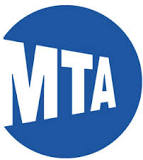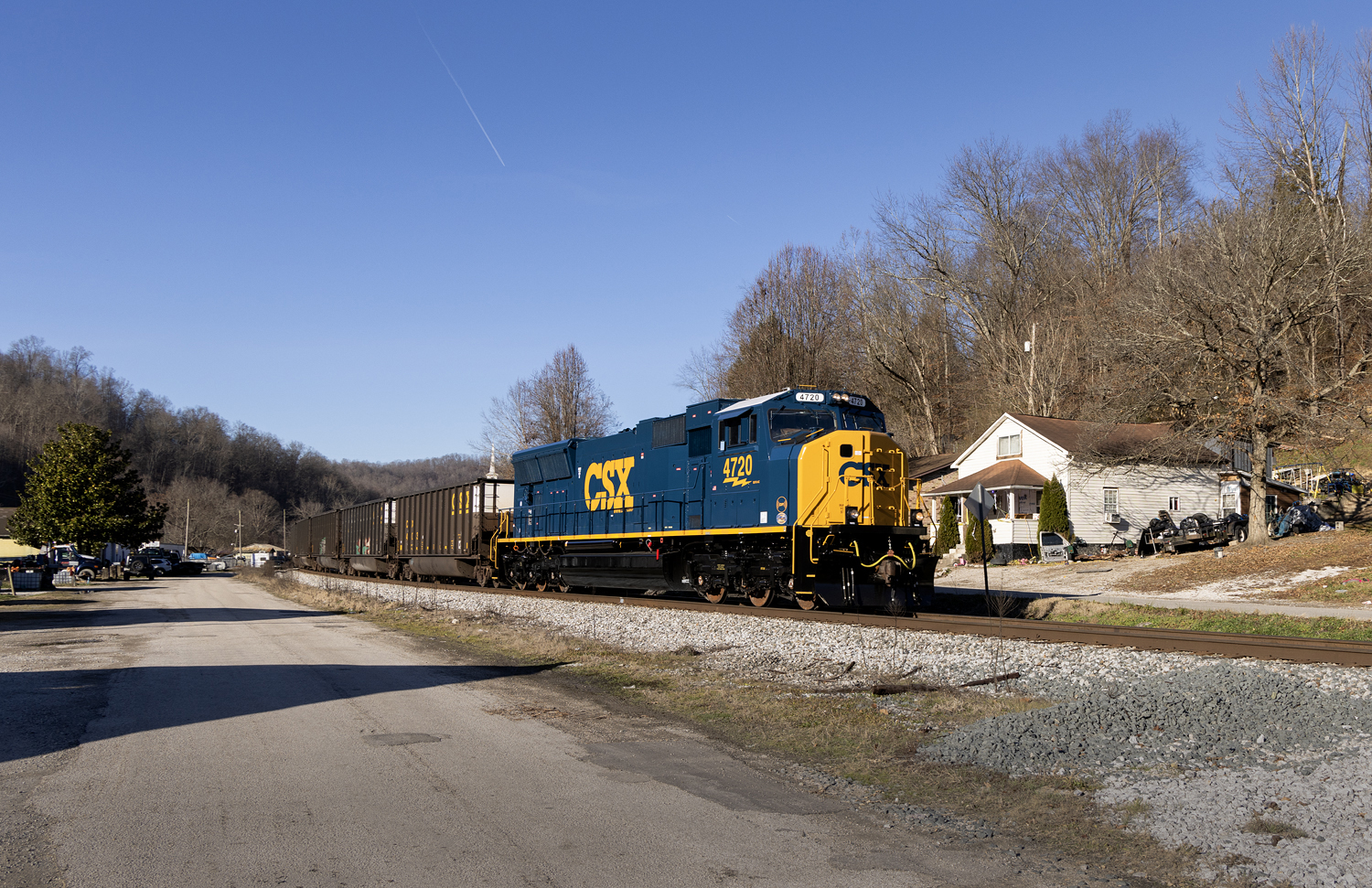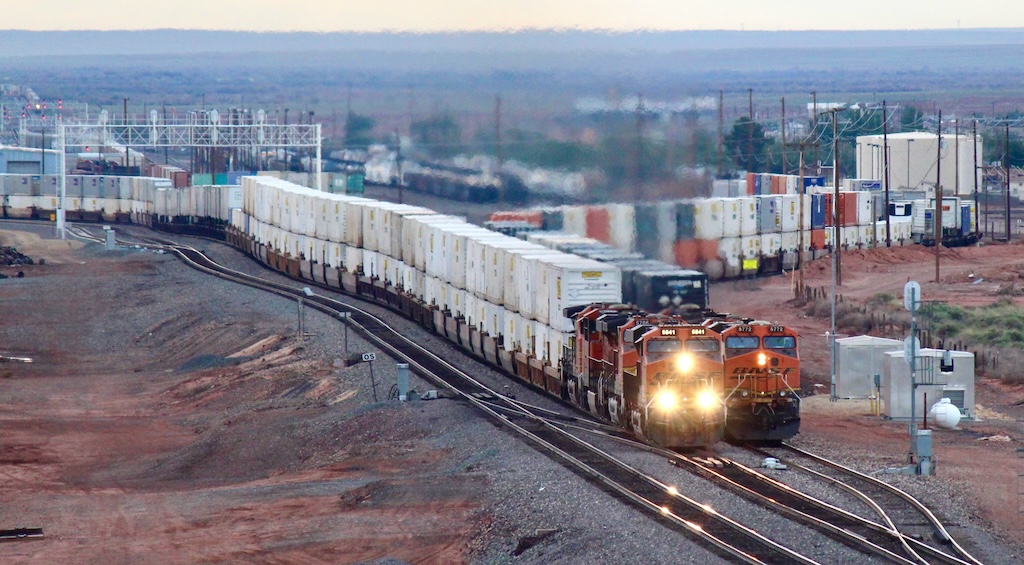NEW YORK — Statistic show continued improvement for New York City’s beleaguered subway system, Metropolitan Transportation Authority officials said at a Wednesday press conference.
MTA Chairman and CEO Patrick Foye, Managing Director Veronique Hakim, and NYC Transit President Andy Byford highlighted statistics showing better on-time performance and increased customer satisfaction.
These latest performance results are another reminder that investment in the system, and smart operations by dedicated, hard-working professionals, yield real, tangible results,” said Foye.
As part of Byford’s Subway Action Plan, more than 78 percent of weekday trains arrived on time in March, a six-year high and 13% gain over 2018. The plan included signal repairs, more countdown clocks on station platforms, and better train-delay information for riders. There were 42% fewer track fires than a year earlier, as debris was cleaned at a fast rate using new platform-based mobile vacuums, as well as vacuum trains.
Overall service satisfaction, where customers evaluate individual subway lines and the results are weighted by ridership, increased by 6.1 points to 61.4% this quarter.
Motorman Melvin Wright, a 32-year subway employee, addressed basic operating changes he is seeing: track workers on the line, signals and switches being replaced, and operating employees being advised of general work orders. He also said platform workers at busier stations are helping close doors to ensure on-time departures, and that additional operators are on hand to ensure trains are able to depart immediately, rather than having to wait 4 to 5 minutes while operators walk the length of the train to change directions.
A question-and-answer period following the presentation offered some notable information:
— Regarding the timeframe for reconstruction of the L Train route, Foye said that engineeriong teams from Columbia and Cornell universities had determined that just 1% of the tunnel benchwall will need to be replaced, instead of the previously planned 100%. This will lower construction costs and decrease dust and silica.
— Byford, responding to a Trains News Wire question about Ultra Wide Band communications, said the new technology will work together with Communications-Based Train Control, and that using both will improve technology and reduce costs. New York Gov. Andrew Cuomo discussed the technology during a speech last week. Byford said installation of CBTC was time consuming and added costs for track and train equipment. Software testing of UWB communications equipment is expected to start in the Fall on two subway lines.
— Cuomo’s speech last week was critical of cost estimates for the East Side Access project, which will bring Long Island Rail Road trains to Grand Central Terminal. [See “Cuomo speech rails at MTA, offers fixes,” Trains News Wire, April 5, 2019.] Foye indicated that, after a report from MTA Capital Programs due next week, a statute in the MTA laws will require input from business and academic “disrupters” who will look at what has been done and make other suggestions. Additional East Side Access construction currently is expected to cost over $1 Billion, and any reduction would be welcome by the MTA.
Further details are expected Monday at MTA committee meetings.















The one phrase that jumped out at me was, “42% FEWER track fires”. Damn, how many track fires were there?
John Privara: New York State and City government at their best!!
One notices higher speeds as well.
Re: a statute in the MTA laws will require input from business and academic “disrupters”
Cha-CHING!!! A statute requiring BS… It really does NOT get better than that. Is this a great time to be alive, or WHAT?!